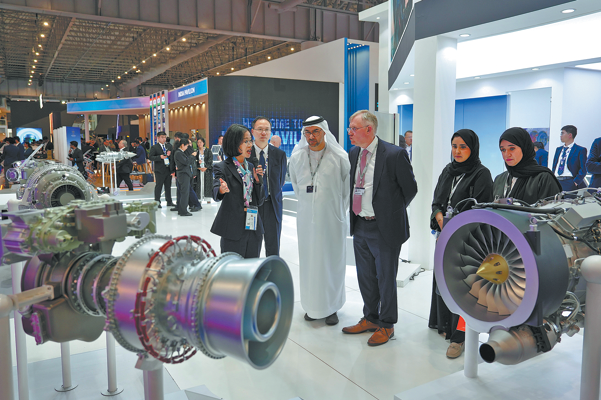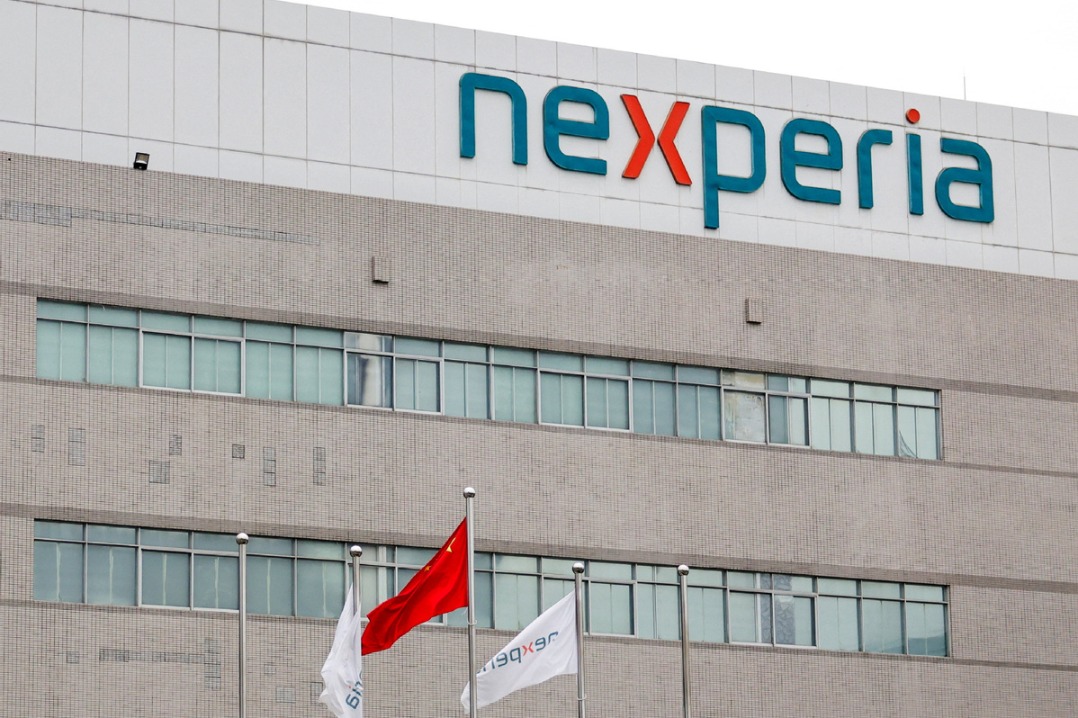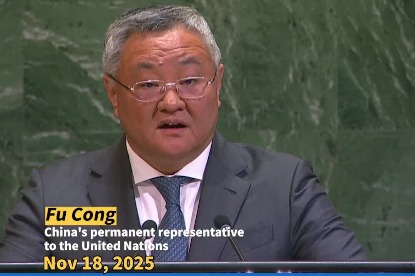Chinese brands drive Dubai's green shift


When I first arrived in Dubai, I once stared at my navigation app in disbelief: A route displayed showed a destination merely 1 kilometer away in a straight line, but the driving distance was nearly 8 km. It took me a while to understand that this country, often called a nation on wheels, has deeply embedded a "car-first "philosophy into its infrastructure DNA.
Here, there are over 600 cars per 1,000 people. The road network is like a web woven for tires, with large roundabouts, dozens of meters in diameter, replacing traffic lights. You might see your destination across the street, but you'll still have to circle roundabouts and navigate complex flyovers, adding 6 to 7 km in distance.
"In Dubai, the first skill you must master isn't learning Arabic nor desert survival. It's driving," a friend who has lived here for more than 10 years once joked, as the entire urban development is built around the premise that "you should drive".
Unlike China or other places, public transport, walking or cycling are rarely mainstream travel options — especially in summer, when daily temperatures soar past 50 C. Heatwaves enveloping you will crush any thought of a "city walk", making driving a necessity here.
Once, I left my car in an open parking lot for less than 30 minutes and when I returned, the steering wheel was too hot to even touch. Even in shaded premium lots, the interior temperatures can surpass 60 C — stepping inside feels like entering a just-shut-off oven.
That's why valet parking is almost everywhere: Attendants park your car but will leave the engine running, AC blasting at full power, just to ensure you return to an instantly cool cabin.
"Fuel costs? Compared to waiting for the AC to cool the car, that's nothing," the friend said, summing up why those "big blocks" — sport utility vehicles with engine displacements more than 3.0 liters — once dominated the streets.
After all, in this oil-rich region, high incomes and cheap petrol meant "fuel consumption" was rarely a top concern for buyers. Back then, Dubai's auto market was ruled by brands from Japan, the United States and Europe as the extreme climate and long summer made high power and reliability the key selection criteria.
Earlier this month, the UAE announced a massive plan of $46.2 billion to upgrade the country's roads amid a booming population. Adding to this commitment to infrastructure advancement, the turning point came after 2020 as the United Arab Emirates began actively promoting electric vehicles to support its sustainability and carbon reduction goals.
Governments and private sectors have rolled out incentives and today, even mall parking lots reserve "priority spots" near elevators for EVs. It was then that Chinese brands, such as BYD, NIO, Great Wall, Hongqi and BAIC, swept in like a fresh breeze. Now, they're a common sight on the streets, forming a new urban landscape.
What makes Chinese EVs stand out? Beyond performance and design, it's the technological equality, bringing luxury-car tech to affordable models. For example, 0-100 km/h acceleration in under 4 seconds — once only exclusive to supercars — now comes with affordable Chinese EVs priced around $30,000 in China.
Not long ago, I met a young Emirati at a Chinese brand showroom in downtown Dubai. He tested the AC repeatedly and the screen showed a stable range of 500 km. "I used to think EVs couldn't go far with AC on all day," he said. "But this one can handle my daily commute from Abu Dhabi to Dubai. It's faster, quieter, and as the gas price is 2.8 dirhams (nearly $0.76) per liter, EV costs are nothing in comparison."
Interestingly, Chinese gasoline cars are also making inroads. If you talk with local drivers about popular Chinese brands in the Middle East, they will absolutely mention Jetour. In China, this is a budget brand, but its boxy designs, with tough exteriors and fine interiors, fit perfectly with locals' love for SUVs.
The models sold in the Middle East have made adaptations. For example, the AC system is optimized for extreme heat, avoiding blasting scorching air at passengers upon starting, and the infotainment systems come preloaded with Arabic.
"We don't just ship Chinese cars over directly. We tweak them for local habits and climate," said a sales manager at the showroom. "It's common for families to own both a luxury petrol SUV and a Jetour now."
Today, "big blocks" still roam Dubai's roads, but more Chinese cars weave through traffic — like flowing threads stitching a new rhythm to the city. This wheel shift, from gas-guzzlers to green mobility, embodies the UAE's resolve to break free from energy dependence, while proving Chinese auto brands' strength in winning over the global market with localized, smart solutions.
































